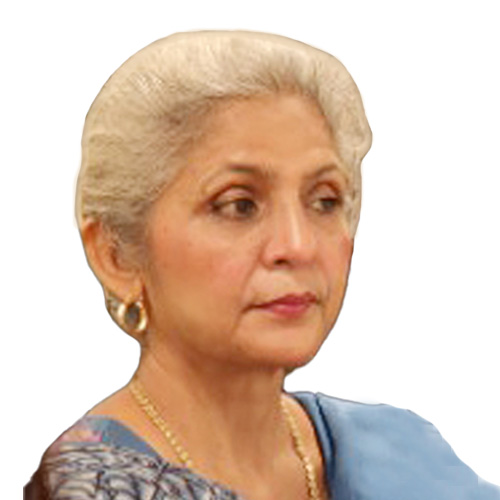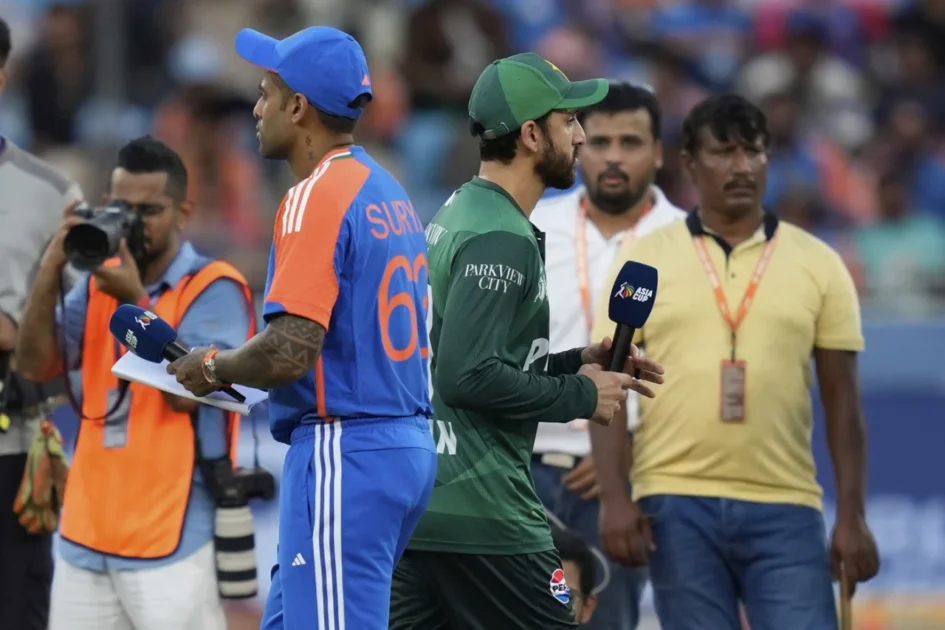- Web Desk
- Nov 12, 2025
Pakistan’s Eid shopping thrives as markets rebound nationwide
After three sluggish years, market sources report a strong rebound in Eid spending this year. With households typically allocating the equivalent of 30 to 40 per cent of their monthly salaries to celebrations, Eidul Fitr remains the single biggest driver of consumer spending, pushing market activity to its peak.
With no systematic data or structured studies on Pakistan’s Eid economy, its scale is gauged through rough estimates and key indicators — demand for new currency notes, a surge in remittances before Eid, and a sharp rise in bank withdrawals. Estimates suggest the Eid economy comfortably exceeds a trillion rupees in the country.
Dr Naeem Zafar, Chief Statistician at the Pakistan Bureau of Statistics, confirmed that the bureau neither tracks household Eid spending nor collects sales data from businesses. However, market players generate their own data to stay competitive. By closely monitoring trends and following larger companies that base their strategies on commissioned market studies, traders adapt their policies to capitalize on the lucrative opportunities Eid brings.
“We closely monitor market trends to stay ahead of the fierce competition for customers’ attention. Considering our target buyers and their spending capacity, we carefully plan the timings and scale of discounts. At times, we hire extra staff to manage the rush efficiently. This year, we had to replenish our stocks multiple times and exceeded expectations,” said Adnan, a ready-made garment dealer in a Karachi market, a day before Eid.
Despite a social media campaign urging buyers to choose local products, Adnan noted that most of his customers prefer imported garments if they fall within their budget. “Pakistani fabric is often superior to that of imported items, but Pakistani shirts and trousers lack the finishing that turns buyers to foreign brands,” he added.
Several factors shaped market performance across cities, but overall, both virtual and traditional bazaars saw heightened activity, with buyers largely upbeat, except in Balochistan. In Pakistan’s largest province by area, the worsening security situation, border trade restrictions, and growing political discontent cast a long shadow over Eid markets. Unsteady internet further disrupted online commerce, and most reports from the western province described a subdued market, lacking the usual festive spirit.
Badruddin Kakar of the Quetta Chamber of Commerce attributed the sluggish market to restrictions on cross-border trade, a crucial economic lifeline. “People are buying essentials, but the usual enthusiasm is missing,” he observed.
In contrast, markets and malls in KP, Sindh, and Punjab have seen a surge in footfall, with online sales surpassing expectations. Haji Nisar Gaddi, a traders’ leader, called it the best market performance in three years.
With many second-tier cities catching up to Karachi, Lahore and Peshawar, Punjab led all other provinces in both celebrations and the shopping activity. Retail analyst Jamshed Yousuf noted that Lahore was particularly lucrative for leading brands this year.
“Lahore is the country’s fashion capital, attracting shoppers from across Punjab for Eid shopping. Markets here cater not only to Lahoris but also to their visiting relatives and friends. Even brands originally established in Karachi now have larger presence in Lahore, with more outlets and a stronger online footprint”, a CEO of a popular brand shared in confidence.
“Our per-customer cost, covering sales facilitation and after-sale service, is higher in Karachi, where customers are not as decisive and like to bargain over every single item. In contrast, many shoppers in Lahore buy by a dozen. Strong family ties, greater affordability and a higher propensity to spend make Lahore a key driver of the retail market”, he added.
An analysis of the Eidul Fitr economy highlights a significant flow of money from rural to urban areas in Pakistan. The primary beneficiaries of this surge in market activity are traders, producers and service providers, all integral to the urban economy. As rural consumers increase their spending on goods and services during Eid, wealth effectively shifts towards urban centres.
The active participation of people across all social classes during Eid also highlights the depth and diversity of Pakistani markets. “There is no dearth of options for anyone, regardless of social status or financial standing. In Karachi especially, you can find a good bargain for any budget _ all it takes is time and patience to explore the markets before making a decision”, said the head of a market association proudly.
To enhance market efficiency during this annual occasion, minimize waste, and foster trust between customers and retailers for smoother transactions, the government must expand and improve its data collection efforts.
“It is both unfortunate and absurd that we are left guessing the scale of an activity that touches nearly everyone in Pakistan. While the real-time data may be challenging to generate due to the prevalence of cash transactions, a representative government must take the initiative to collect and analyze this crucial economic data, an expert emphasized.





